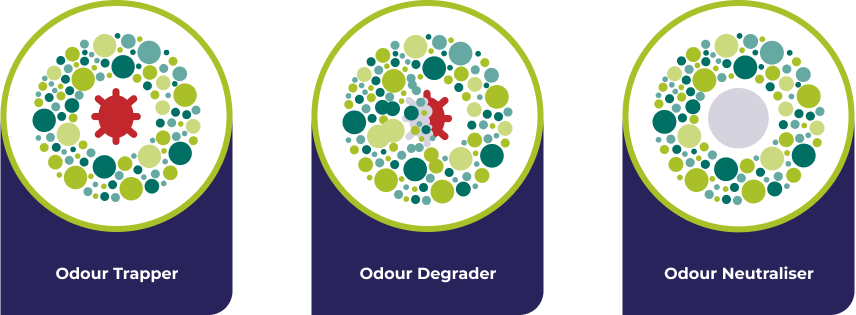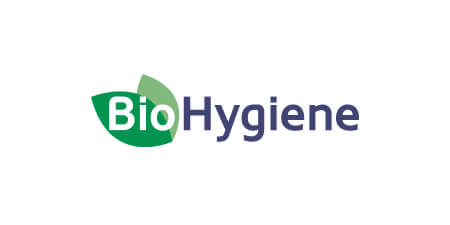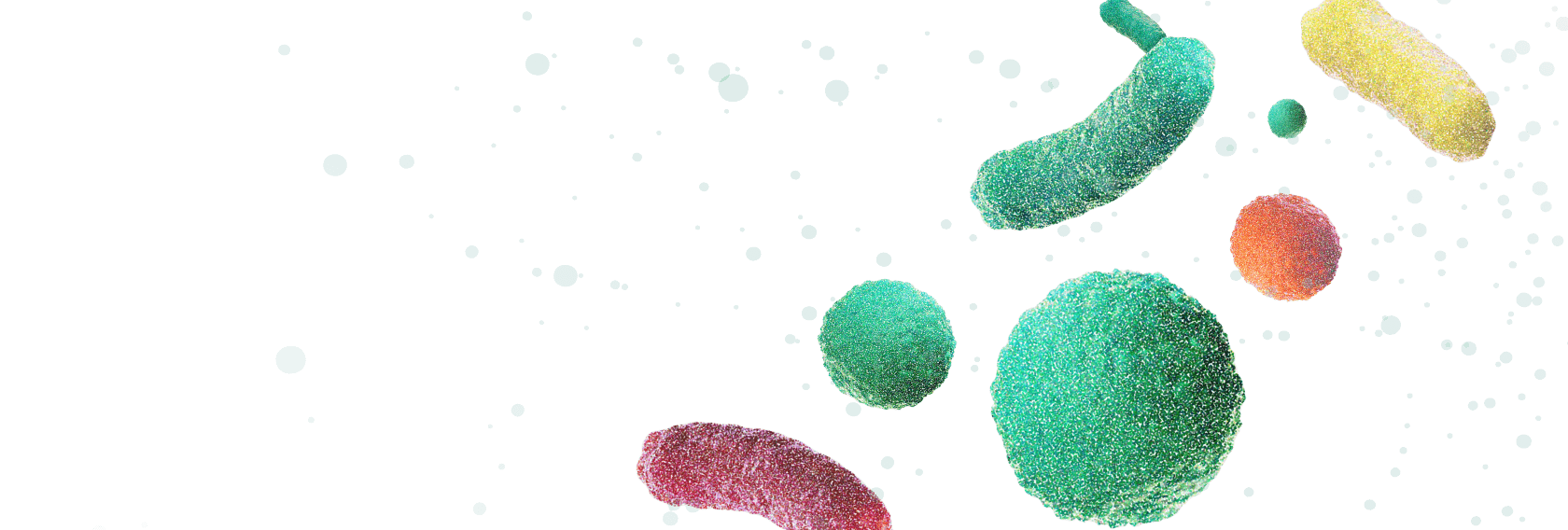- Home
- Products & Services
- Bespoke Solutions
- Odour Control
Odour Control
What causes odours?
The presence of organic matter causes most odours in kitchens, washrooms and similar environments. But with their limited nature, traditional products are designed to clean areas and then mask odours by using powerful fragrances, making the solution temporary rather than permanently removing the source of the smell.
To completely eradicate the odour, the organic matter needs to be removed by microbial degradation. Conversely, odour-intensive sulphur-containing organic substances, such as thiols and thioethers, and nitrogen-containing compounds, such as amines and ammonia, may require a different treatment method. Plant-based odour removal technologies can effectively neutralise odour odours in food, retail, industrial, effluent, landfill, and leisure and commercial environments.
- Organic matter can harbour undesirable bacteria that can cause foul odours.
- Odour degradation biotechnology breaks down organic matter and odour molecules.
- Odour encapsulation technologies bind odorous compounds from tobacco, stale stairways, food waste, effluent and sewage treatment works, landfill sites and industrial by-products.
Instant Odour Removal
When an instant effect is required, which is often the top priority when an odour is present, biotechnology can be used with plant extracts that either absorb unpleasant odours or bind to and inactivate odour-causing molecules, in addition to free enzymes that kick-start the degradation of organic matter.
- Odour-trapping biotechnology absorbs odour molecules, effectively removing foul smells.
- Odour neutralisation biotechnology encapsulates and binds odour molecules, making them undetectable.
- Free enzymes "kick-start" the degradation of organic matter and odour molecules removing the odour at the source.
Depending on the application, plant-based odour removal technologies or free enzymes can be used on their own or in combination for a fast-acting solution, or for optimal impact, can be effectively combined with microbes to achieve a longer-lasting effect.

Long term protection
We use tailored microbe packages to provide long-term odour control. Microbes colonise an area, multiplying rapidly and secreting enzymes to feed on organic matter, which is the source of foul odours. The key is to find the right bacteria that produce the correct enzyme(s) for a particular smell.
For example, a product for kitchen floors would contain bacteria with a broad range of enzyme capabilities - producers of amylase, cellulase, lipase and protease - to tackle the wide range of organic matter expected in a culinary environment. On the other hand, a washroom product would focus on protease to address proteins and uricase to break down uric acid, commonly found in toilet areas.
The microscopic size of bacteria and the nature of their growth means they can access areas that normal cleaning processes cannot reach. For example, they can penetrate deep into carpet fibres, grouting, tile cracks, and other areas that would be difficult or impossible for traditional chemicals to access. They can also form biofilms in challenging areas, such as pipework and drains, providing effective long-term odour control.
.png)
Featured Products & Services

BioHygiene
Create clean, odour-free environments with our leading brand of Biotech cleaning products.

GreaseBeta
Ensure compliance and improve operational efficiency with the safe removal of Fats, Oils and Greases.

BioResolve
Improve plant efficiency, achieve consent limits and reduce treatment costs with our range of wastewater treatment products.



